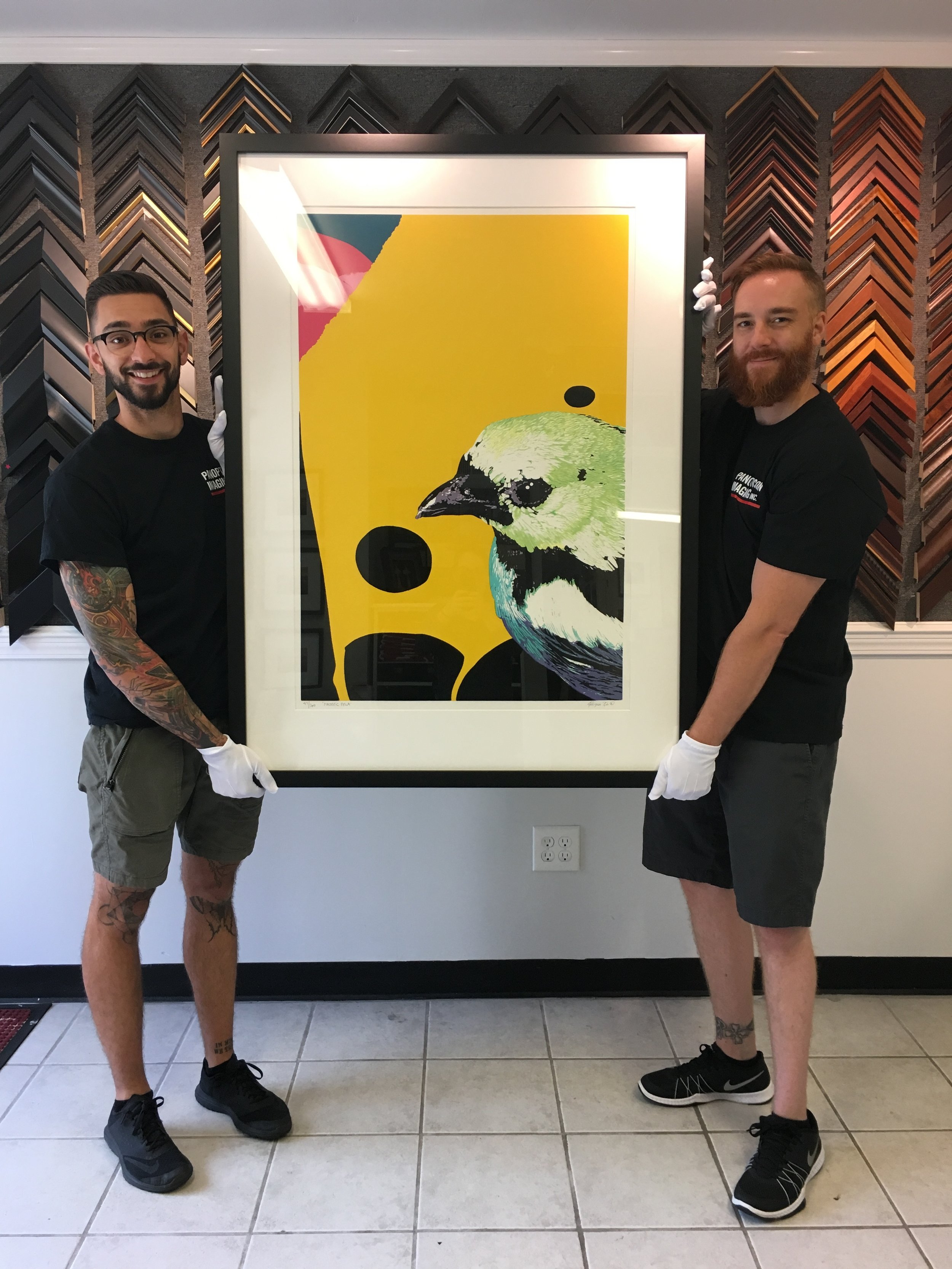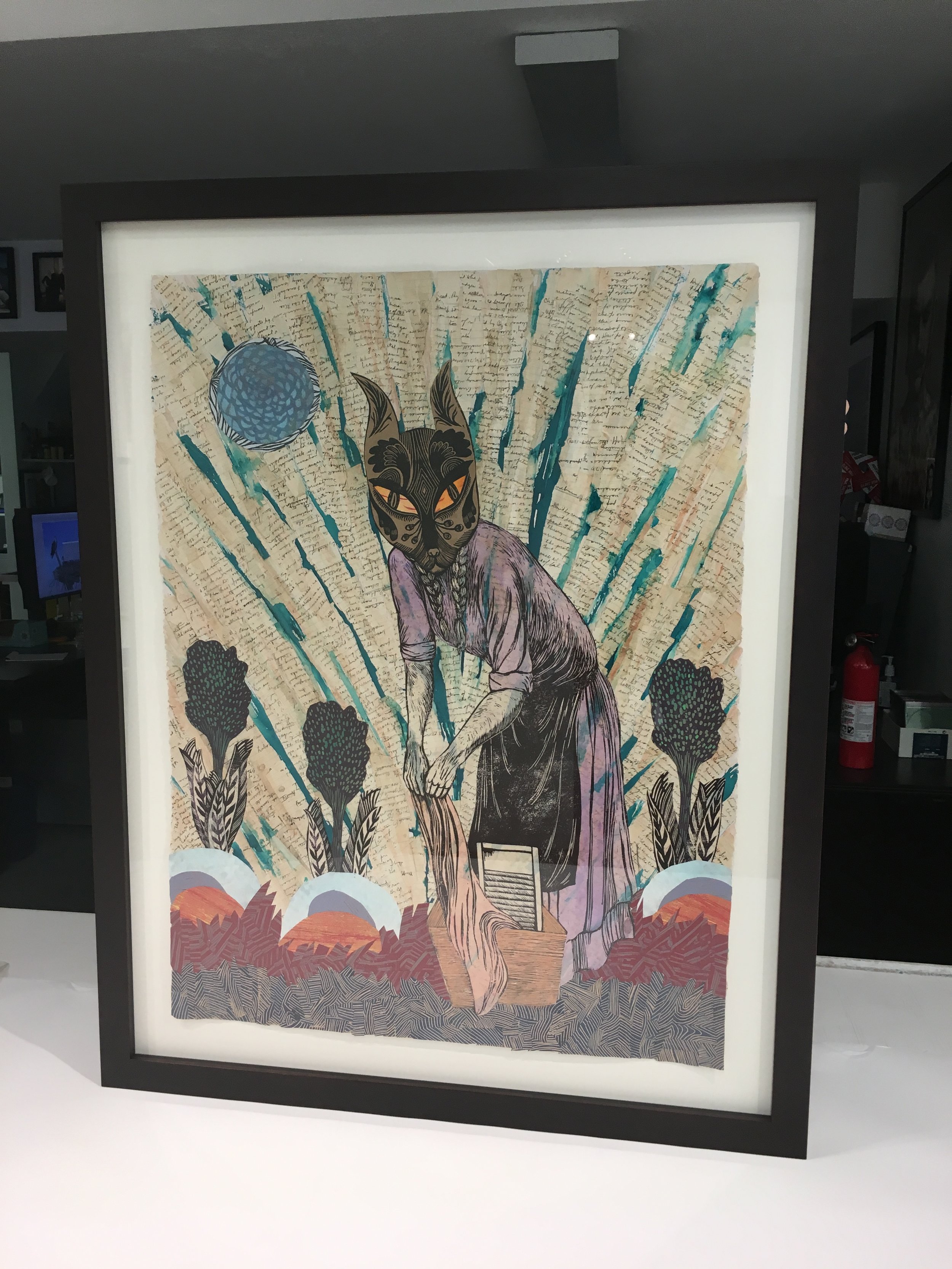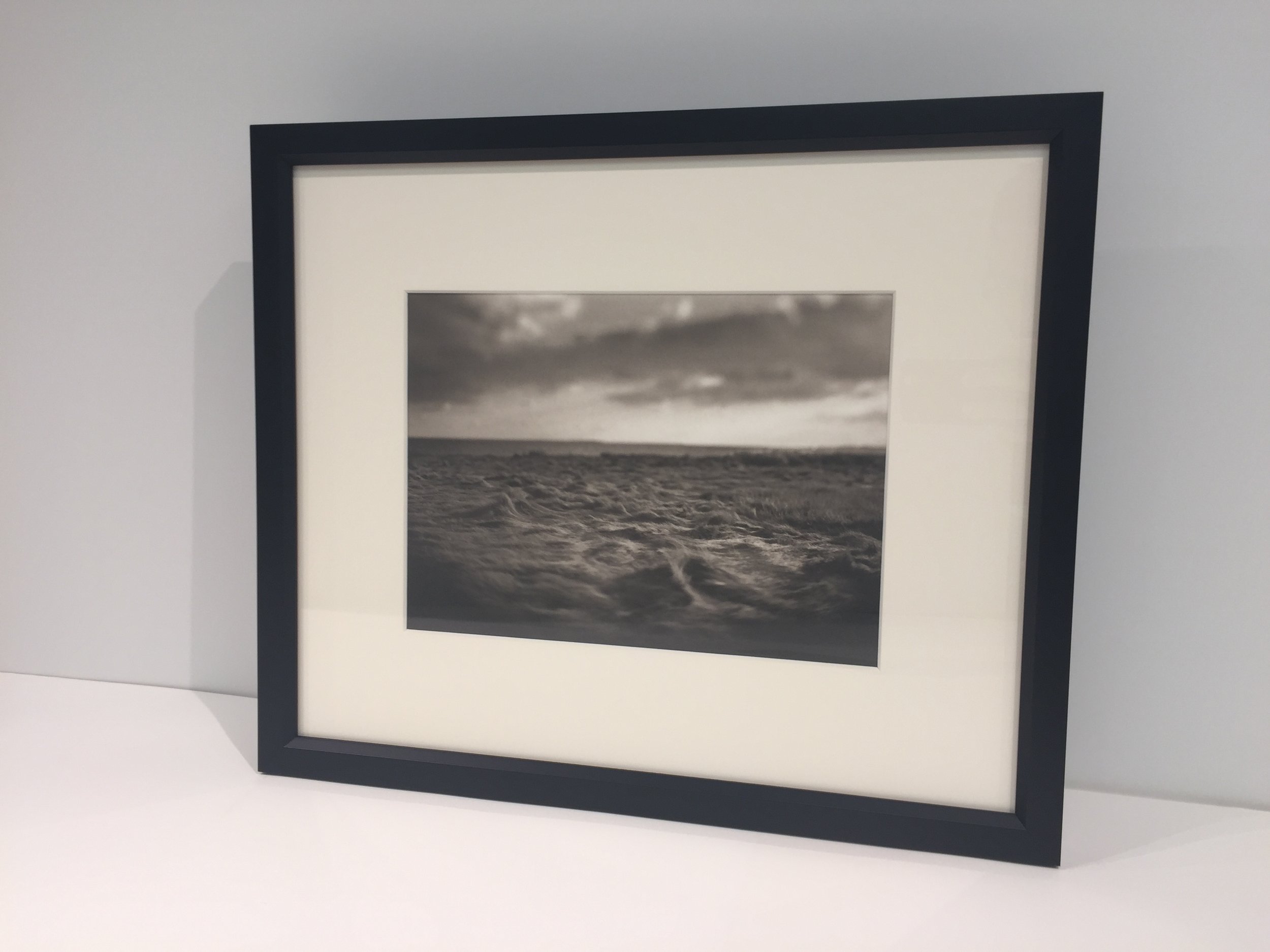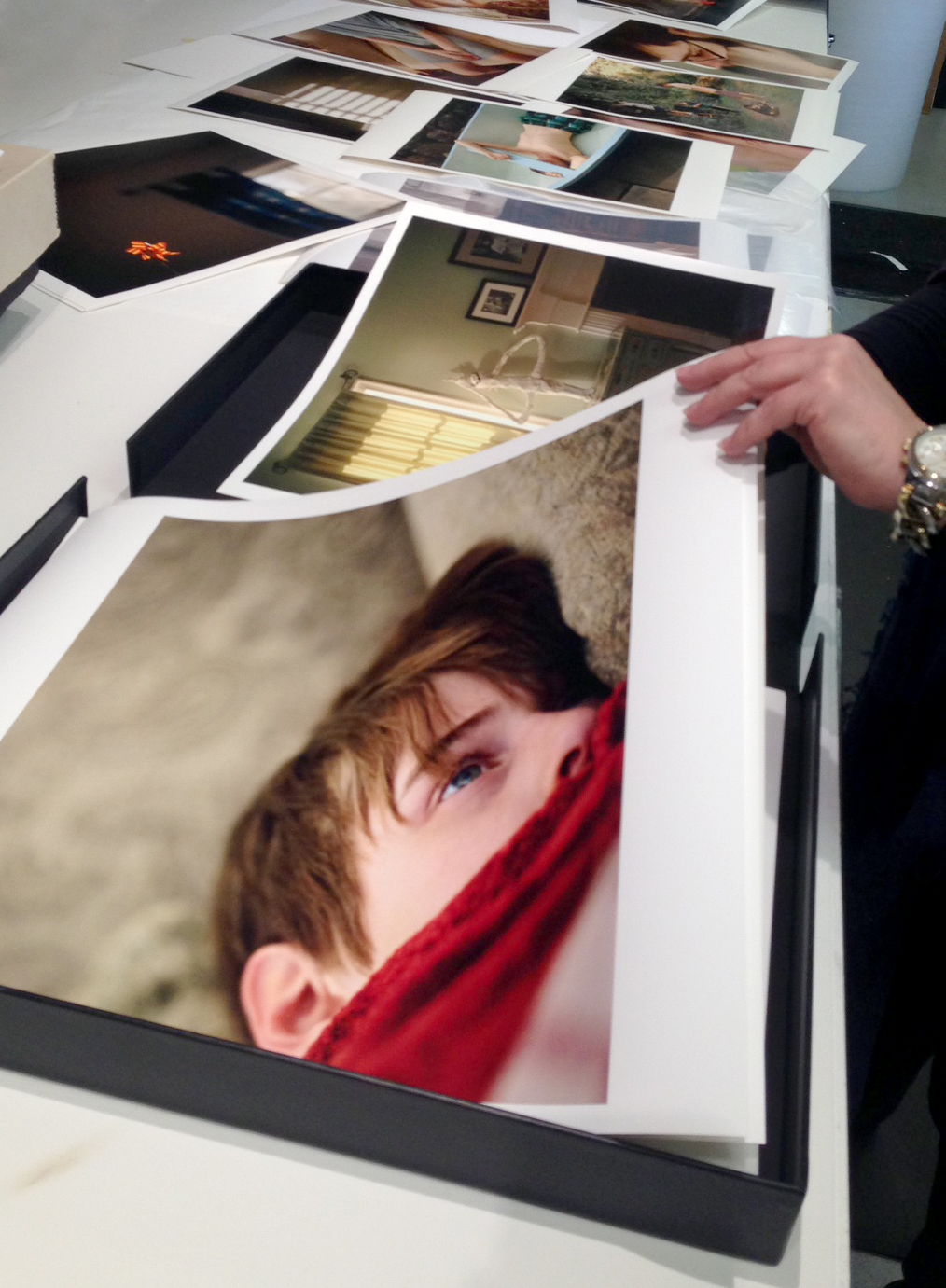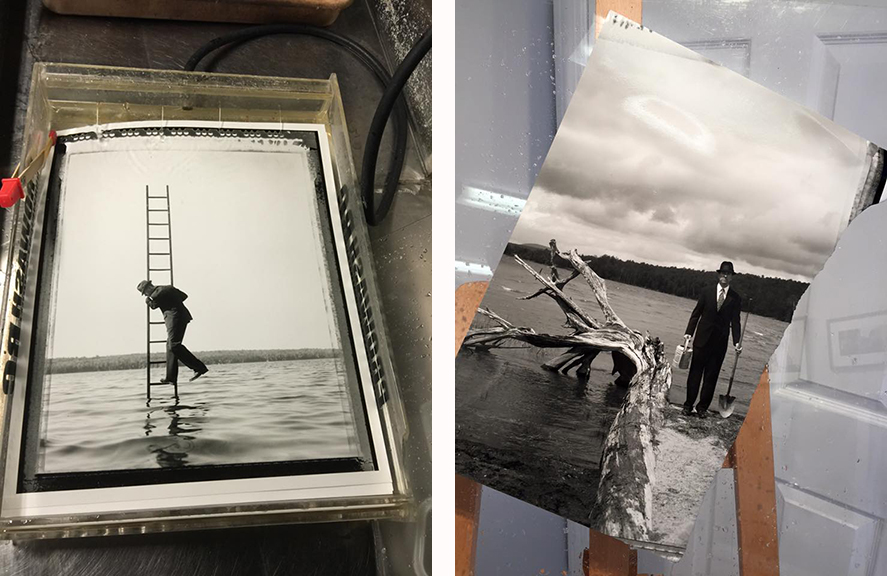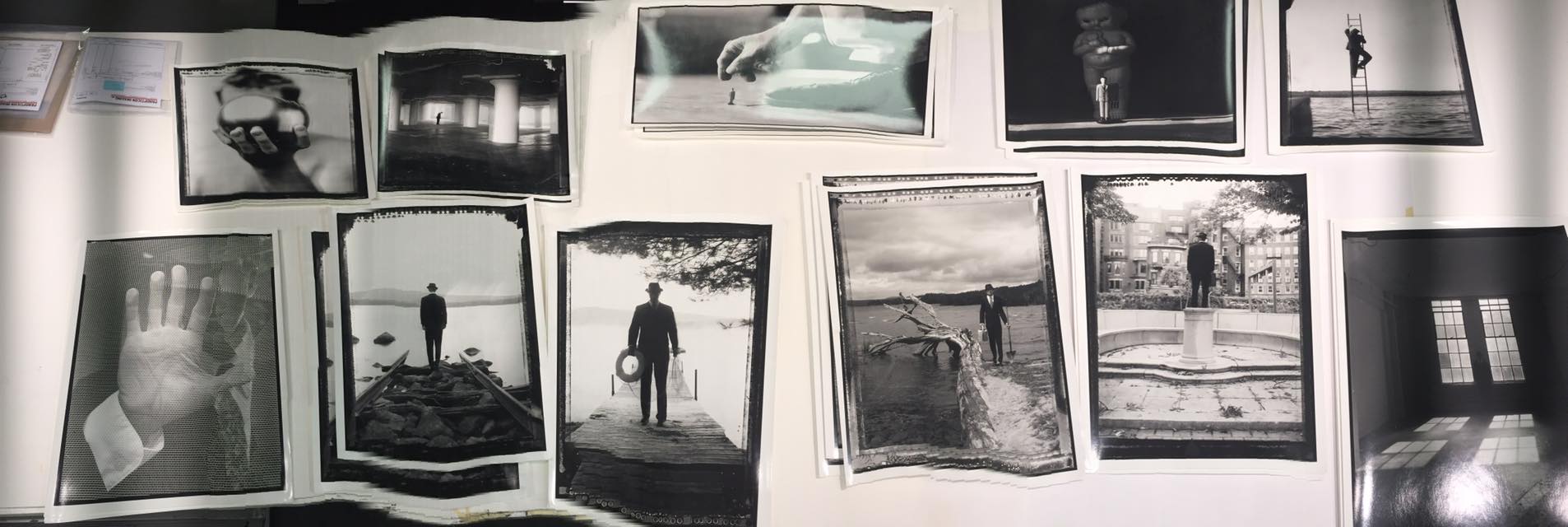As we start the new year I wanted to review some of my favorite framing projects from last year. If you see any framing techniques or styles that you would like to replicate with one of your own pieces, stop on down for a one-on-one framing consultation!
Vintage David Bowie Poster
Hand Painted Kenyan Rug & Pillowcase




A Mark Hamill Signed Star Wars Poster
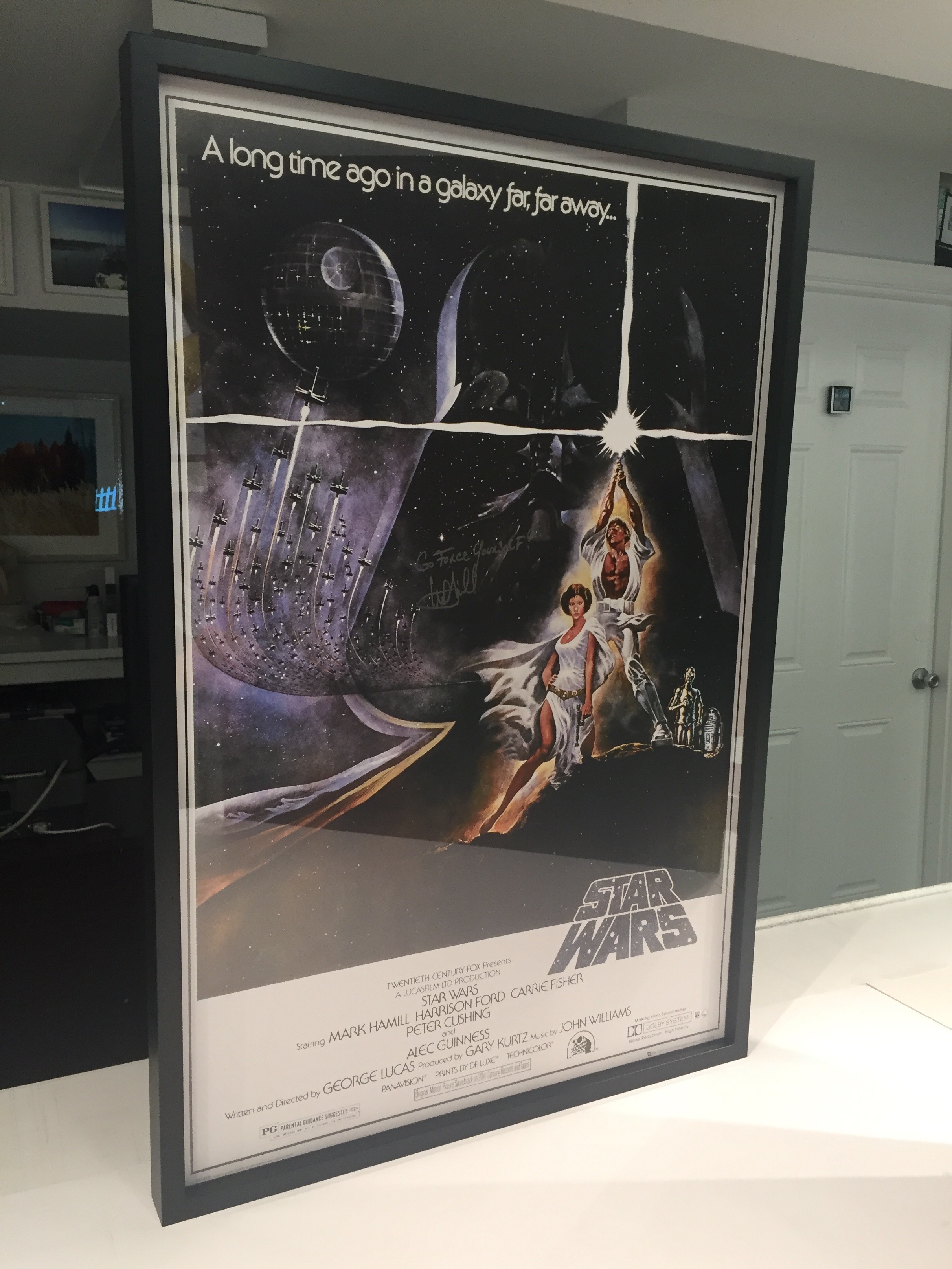

Stephen Sheffield's Hand Sewn Collage
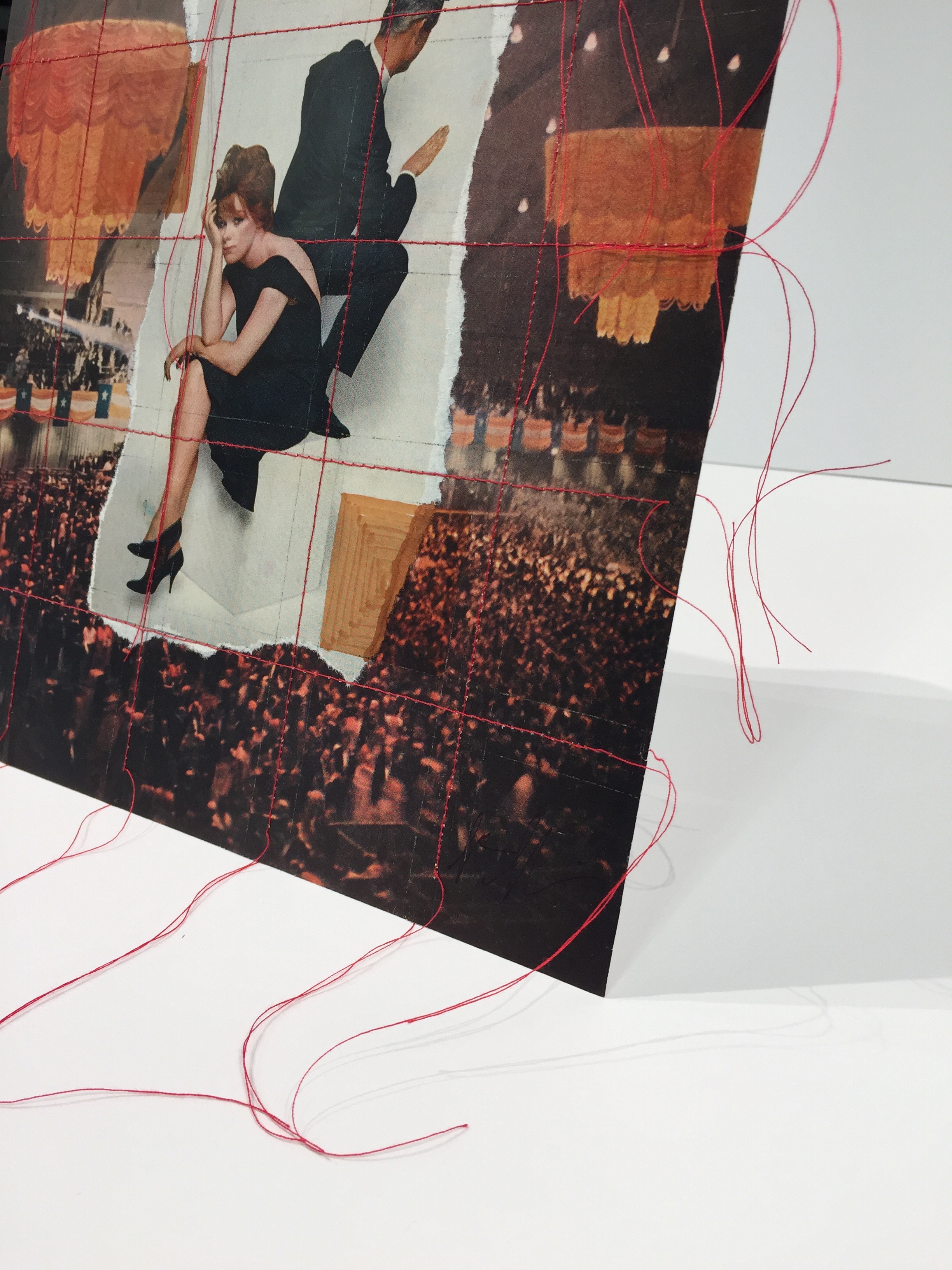
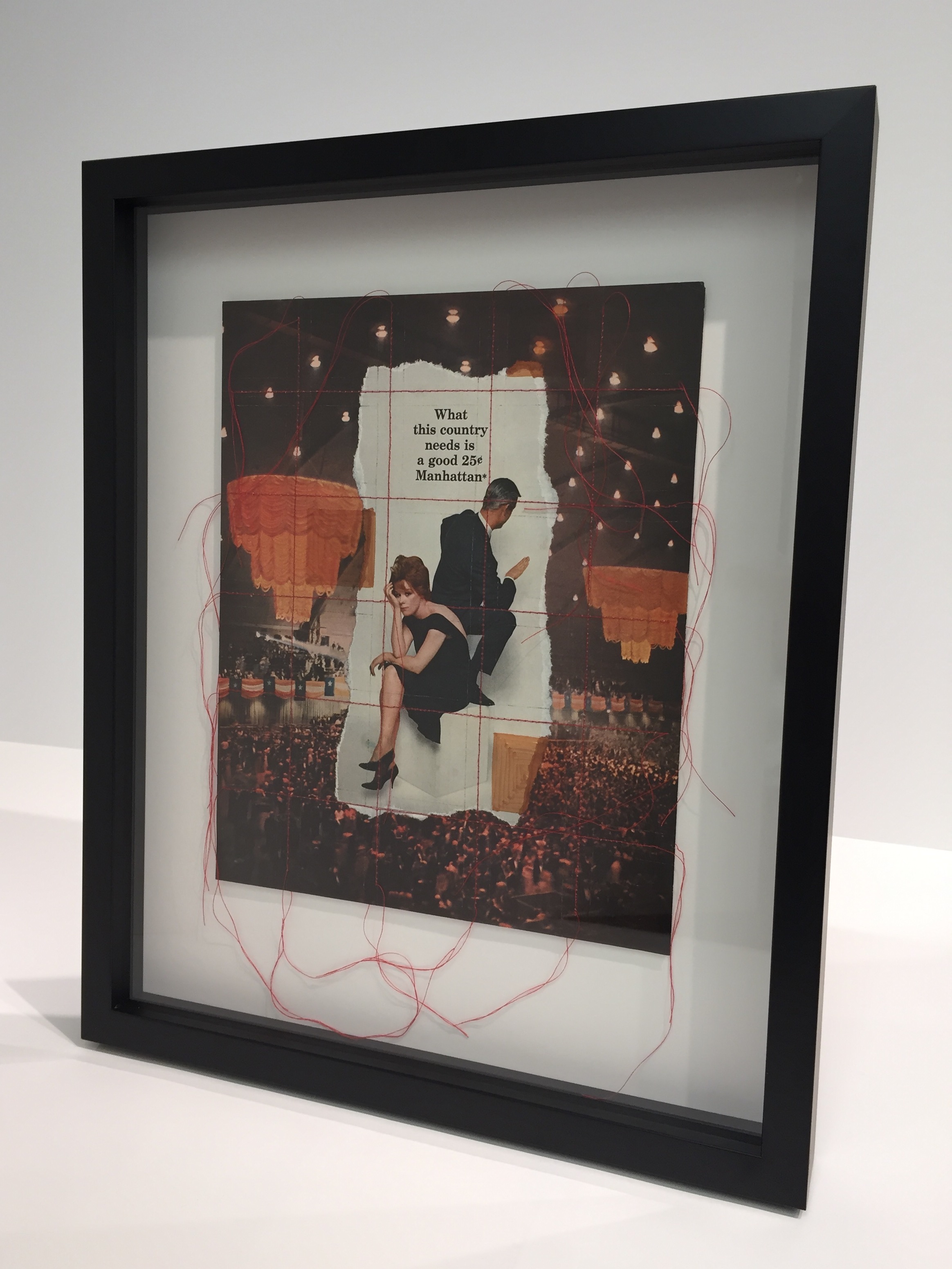
Andrew Seguin's Cyanotypes for Panopticon Gallery's First Exhibition
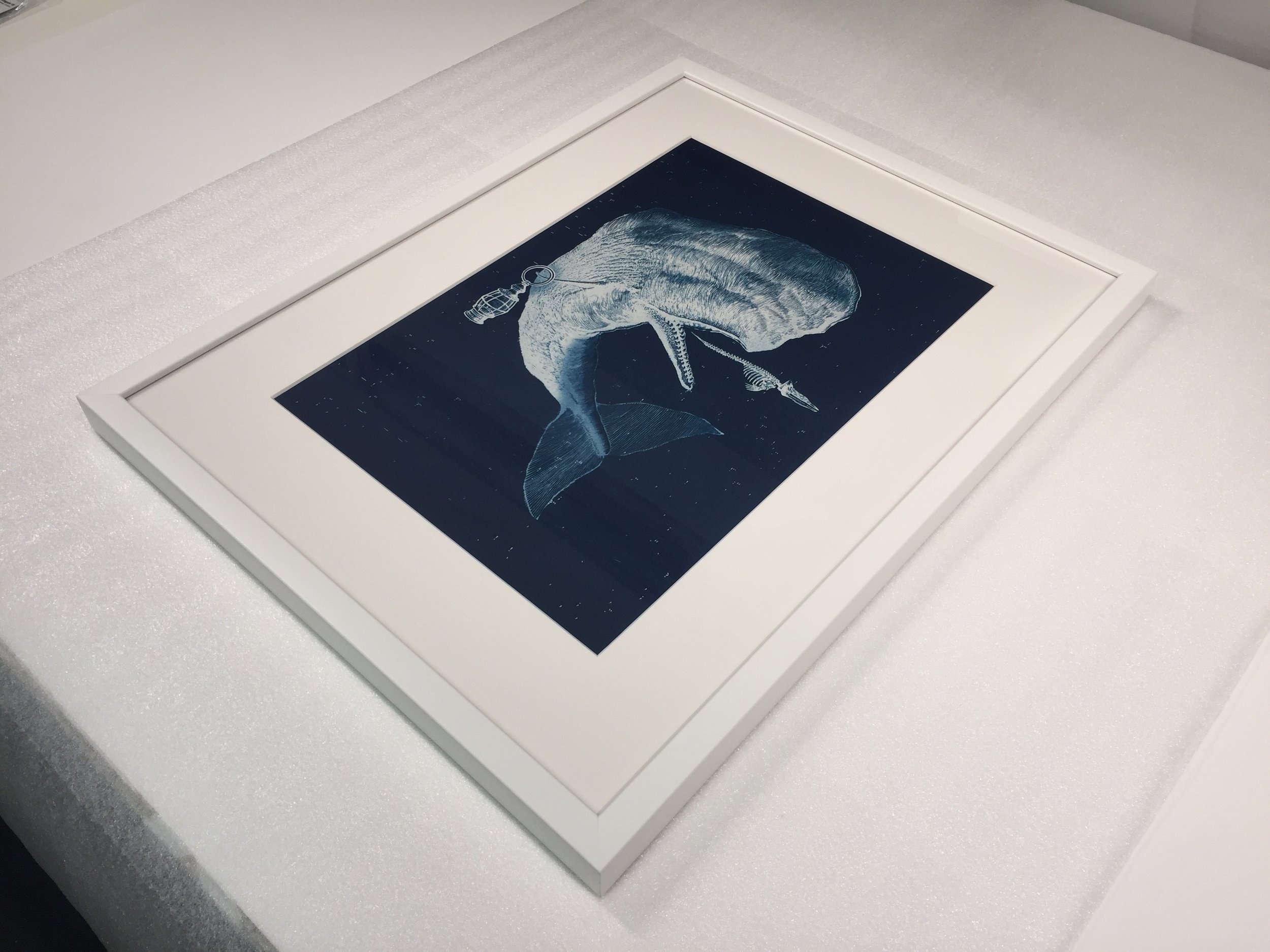
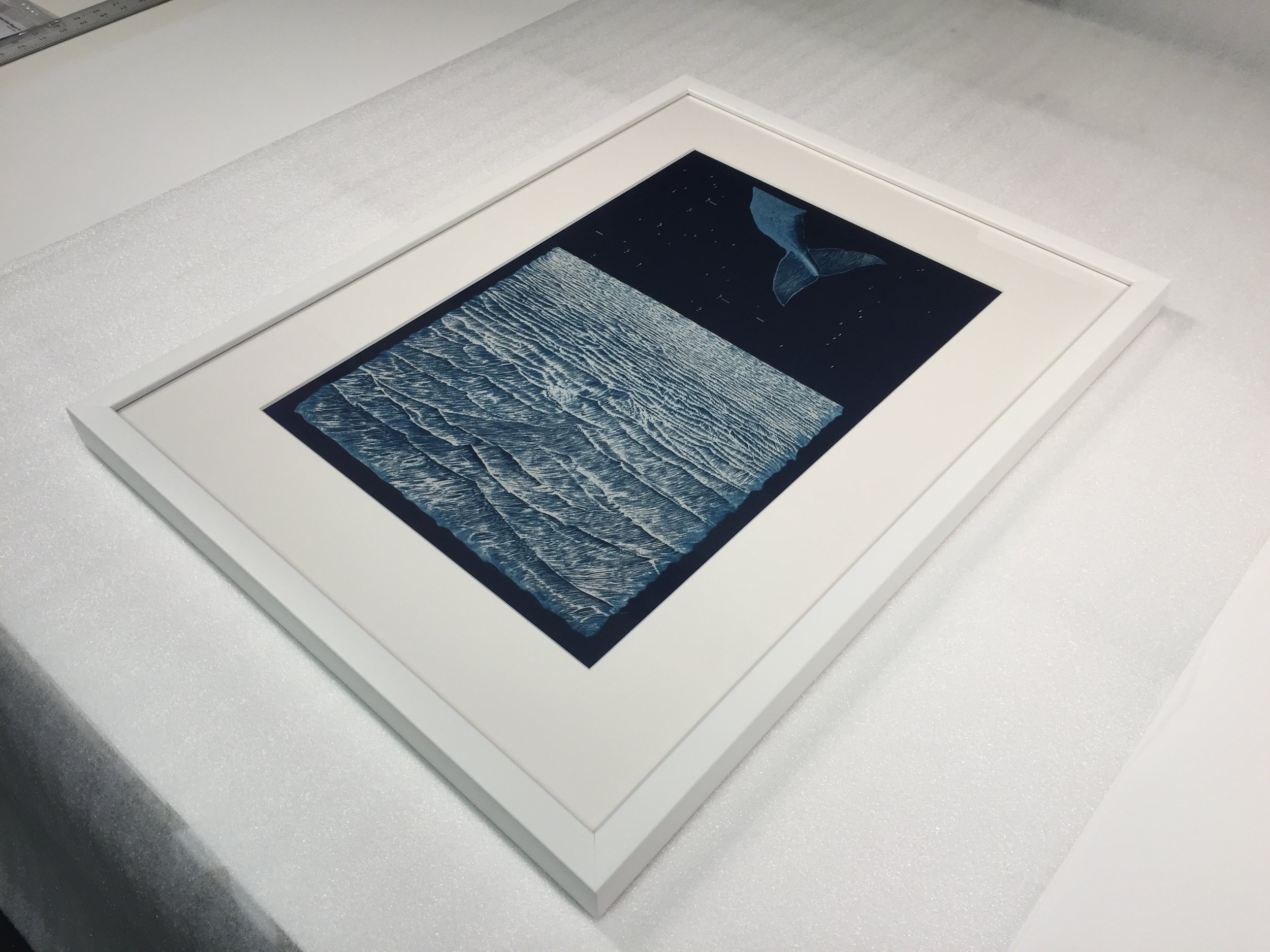
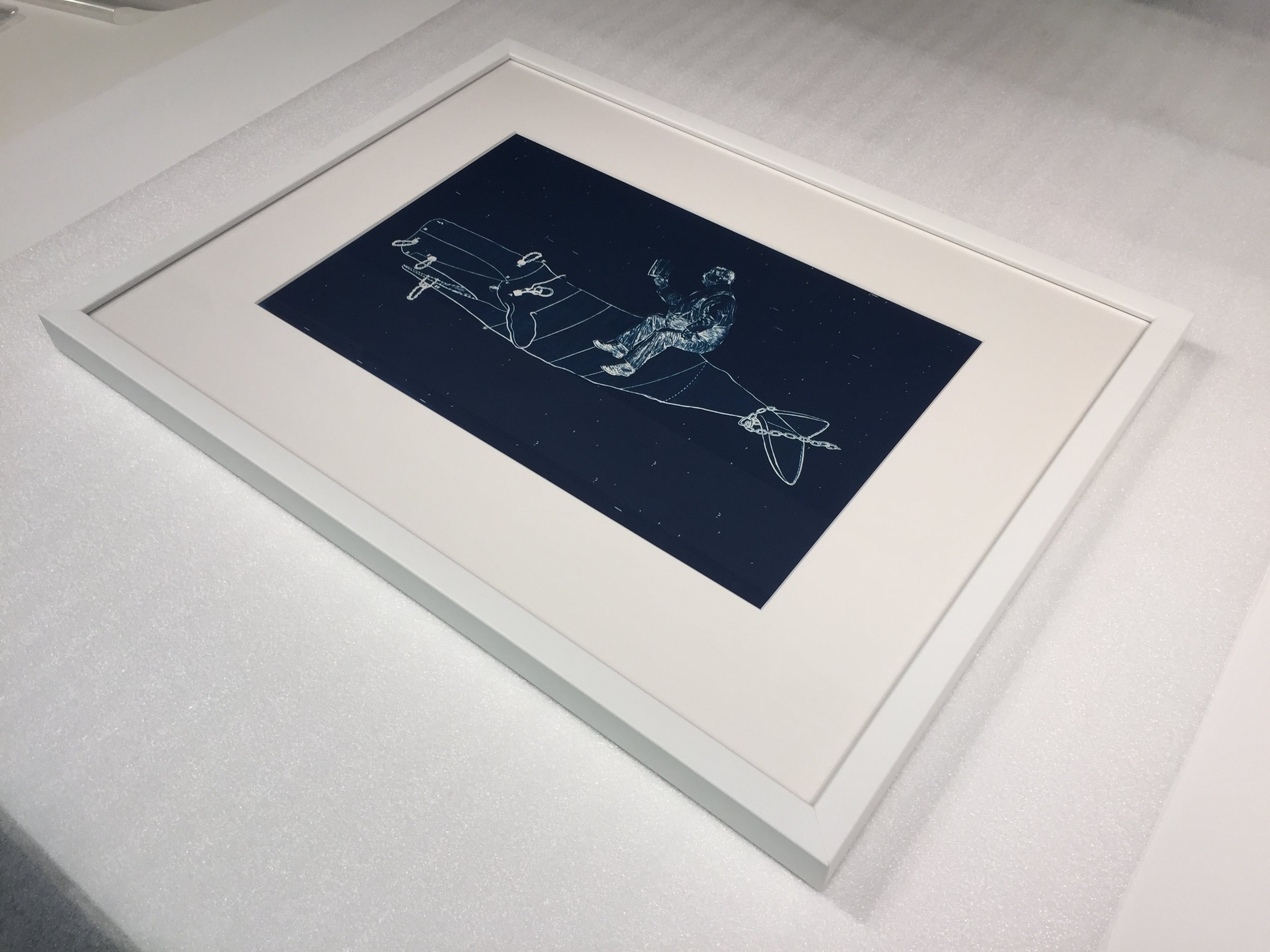
A Selection from Newport Art Museum's 'be of love and other stories'
